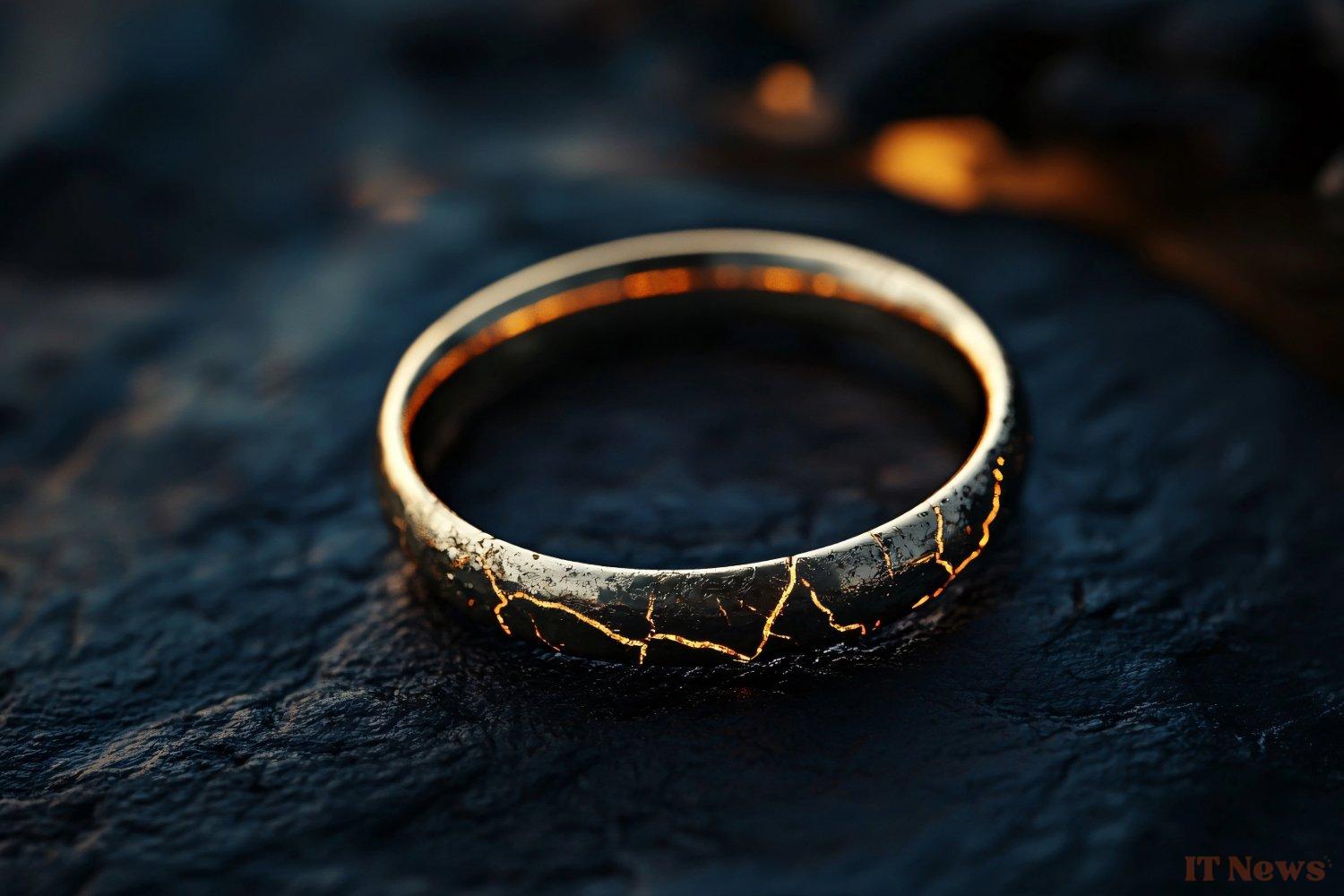Our electronic devices contain tiny amounts of precious metals, including 22-karat gold. But then, how many devices does it take to make a piece of jewelry? An ingot? Or just to show off like "this ring is pure Pentium"? We've done the math.
How many processors for a gold ring?
A computer processor can contain between 0.2 and 0.5 grams of gold. Enough to make your eyes sparkle... and maybe even a finger. To get enough material for an average 5-gram ring, you'd need between 10 and 25 processors. But hey, before you take apart your old 2003 PC in the hopes of opening a geeky jewelry store, read on.
How many smartphones for a gold ingot?
A cell phone contains about 34 milligrams of gold. Not much, but multiplied by millions of devices, that's a pretty nugget. If you're aiming for a one-kilo ingot (the famous one), you'd need about 29,412 smartphones. We wish you a very large family... and lots of drawers.
And the motherboards?
We often forget them, but motherboards are veritable miniature safes. Between the connectors, pins, and printed circuits, they are full of precious metals: gold, silver, copper... Gold alone can represent several hundred milligrams per unit, depending on the age and the range. A ton of well-sorted motherboards can contain up to 1 kg of gold. In other words: your old PC from 2008? It's not waste, it's a golden relic.
It's therefore more profitable than digging a mine, and less messy.
Extraction is far from easy
Recovering the gold contained in electronic components is no easy task. It's not enough to examine them under a magnifying glass and hope that a small nugget magically falls. The process involves powerful chemicals, such as aqua regia (a mixture of nitric and hydrochloric acid), capable of dissolving gold. A charming cocktail.
In addition to being technical, the method can be dangerous if practiced without precautions: toxic fumes, burns, pollution... That's why this type of recycling is reserved for equipped professionals. Doing it in your kitchen? Bad idea, even with a fume hood!
A new innovative and ecological method is coming
Researchers at ETH Zurich in Switzerland have developed an innovative method to extract 22-carat gold from electronic waste, using a by-product of the cheese industry. This technique relies on the use of whey proteins, from cheese production, transformed into a sponge capable of selectively recovering the gold present in used electronic components.
The process begins by dissolving the metal parts of computer motherboards in an acid bath, releasing the metal ions. The protein fiber sponge is then immersed in this solution, where it preferentially captures the gold ions. After heating, the gold ions are reduced to solid particles and then melted to form a gold nugget. Using 20 old motherboards, the researchers obtained a nugget of approximately 450 milligrams, composed of 91% gold, or 22 carats.
This method is distinguished by its efficiency and sustainability, using food by-products to recover precious metals, while being economically viable. Production costs are estimated to be 50 times lower than the value of the recovered gold.
It can't be said enough, but your old devices are more valuable than they seem. Not in the sentimental sense (although), but in the very concrete sense of the precious metals market. Recycling is good. Upcycling is even better. So the next time you find an old Nokia in a drawer, don't see a technological dinosaur... see a (tiny) potential nugget.



0 Comments